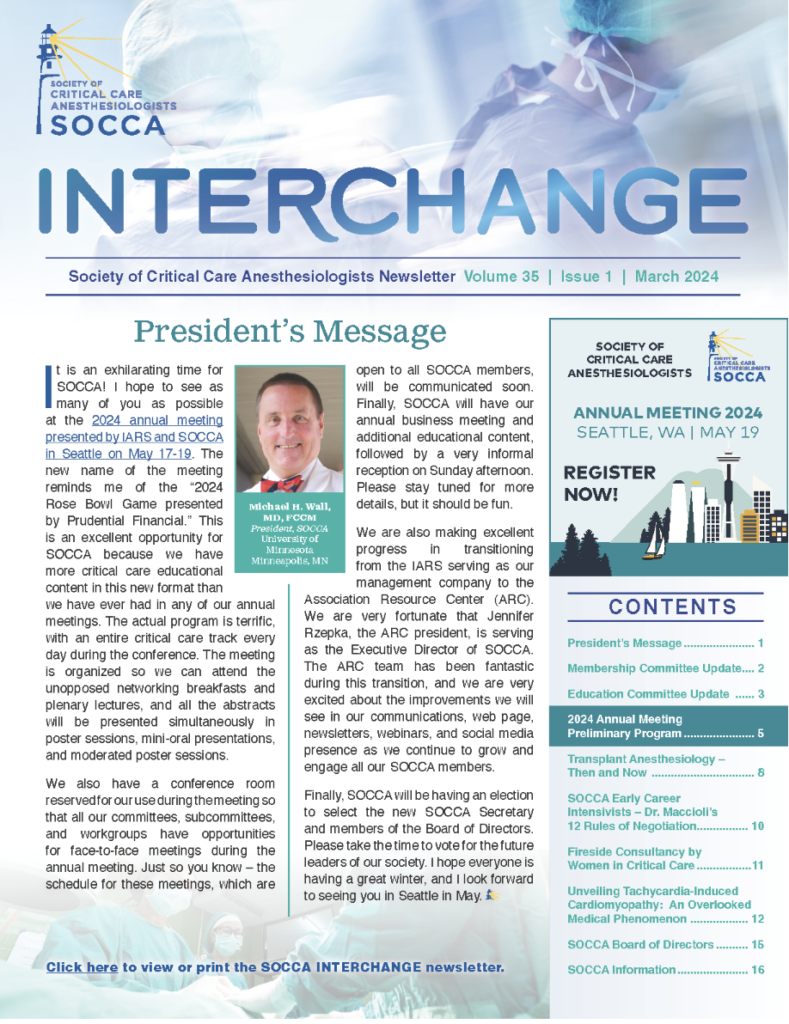The Role of Intensivists in the Management of Chimeric Antigen Receptor T Cell Related Toxicities
Chimeric Antigen Receptor (CAR) T cell therapy is a promising novel cancer treatment modality recently approved by the Food and Drug Administration for relapsed/refractory B cell liquid tumors. Though its use is currently limited to a few designated centers across the US, if this line of therapy continues to deliver on the hype and new indications continue to arise as expected, it is likely that in the coming years it will be coming to a hospital (and an ICU) near you.
CAR T cells are manufactured by harvesting T cells from patients and genetically modifying them in a laboratory using a viral vector. A chimeric T cell receptor gene is introduced. This chimeric receptor is comprised of a variable domain derived from the immunoglobulin molecule targeting a specific antigen present on the surface of cancer cells, as well as built–in co-stimulatory and signal transduction domains that are designed to activate T cells independent from Major Histocompatibility Complex (MHC).
CAR T cells are designed to enhance the immune system’s natural response to attack cancer. Tumor cells can evade immune response by various mechanisms including secretion of inhibitory factors which suppress the cytotoxic activity of immune cells, directly binding to inhibitory sites on T Cells, and even hiding recognizable tumor antigens from their surface. CAR T cells overcome these adaptive mechanisms by targeting known expressed antigens and not requiring co-stimulation by antigen presenting cells. Once CAR T cells are activated, they rapidly proliferate and release inflammatory cytokines, in turn recruiting other immune cells such as macrophages and natural killer cells to the tumor microenvironment. CAR T cells also exert cytotoxic effects by secreting granzyme and perforin granules, and directly stimulating apoptosis via fas/fas-L among other pathways.
Clinical trials to date have been promising, demonstrating markedly improved median survival times and remission rates when compared to patients on traditional treatment regimens. CAR T therapy, however, is associated with dangerous and potentially life-threatening side effects including what we now refer to as cytokine release syndrome (CRS) and neurotoxicity (NT). CRS is seen within days following infusion and is likely the result of over-stimulation of CAR T cells by tumor leading to excessive release of pro-inflammatory cytokines. Its presentation can vary from a mild systemic inflammatory response with fevers and tachycardia to refractory distributive shock and multiorgan failure. NT may be related to penetration of pro-inflammatory cytokines into brain, direct CAR T infiltration of CNS, or other yet undescribed mechanism. It may present with mild symptoms including headache and disorientation and in severe cases progress to obtundation, cerebral edema and refractory status epilepticus. Death from cerebral herniation has occurred.
Our adult oncologic ICU has been treating patients with CAR T associated toxicities for years and our approach has evolved as we learn more about these distinct processes. Initial management for all patients include supportive therapies and close monitoring. Those who progress may be treated with agents that bind soluble IL 6 as well as moderate dose corticosteroids when appropriate. Antiepileptic agents are used prophylactically and therapeutically when NT is suspected. Life-threatening cases can be treated with pulse dose steroids, attenuating the immune response. Some experimental CAR T constructs have built-in “kill switches” which may be activated in the event of life-threatening toxicities. However, given the enormous cost associated with these therapies (the commercial price for a single CAR T treatment is about half a million dollars currently), administering any therapy that may hamper treatment efficacy is a difficult decision to make. To complicate things further, CAR T products are constructed differently depending on manufacturer and indication. The products we use today are third and fourth generation CAR Ts, both commercially available and experimental. From our experience, each product exhibits unique toxicity profiles – some with more prominent CRS, others associated with profound NT, and some can be quite benign.
There is ongoing debate and little outcome evidence regarding appropriate use of anti-IL 6 directed therapies and corticosteroids, as well as their potential impact on CAR T cell anti-tumor effect. Studies have suggested long term outcome is dependent on high ratio of CAR T expansion to tumor burden, however it is unclear if long term CAR T proliferation is requisite for durable remission, and to what extent this is affected by our interventions. Though treatment protocols for management of toxicities have been put forth by various manufacturers and institutions including ours, a simple algorithmic approach for all CAR T related toxicities does not sufficiently encapsulate the factors that must be accounted for when managing these patients. Ultimately until more data is available, the best management decisions are made at the bedside by a dedicated multidisciplinary team knowledgeable on the features of a given CAR T product and its unique side effect profile.
Two commercially available CAR T products are currently on the market, and others will follow. We can expect the number of patients afflicted by CAR T toxicity to rapidly increase in the coming years. It is crucial for intensivists to familiarize themselves with these novel agents as they will play a major role in their institution and expansion into hospitals across the US.




































